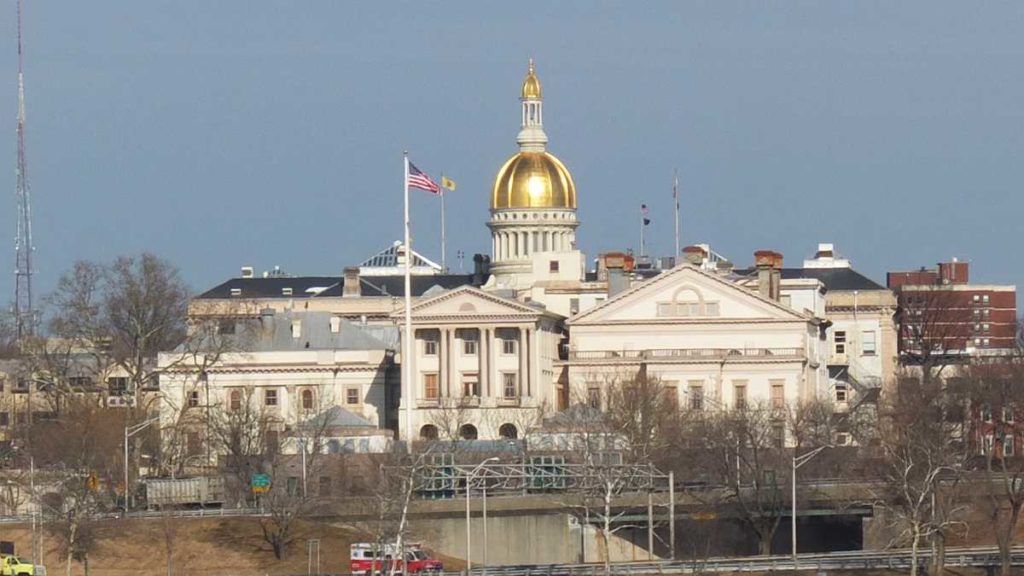NJDOL: Pandemic Leads to Historic Job Losses in April; Unemployment Rate Over 15%

Unemployment Rate Surges to 15.3 Percent
TRENTON – The negative impact of the Covid-19 pandemic on New Jersey’s economy resulted in a record number of monthly job losses and widespread unemployment in April. The mandatory shut down of business activities and stay at home orders to prevent the spread of the virus contributed to total nonfarm employment plummeting by 757,700 jobs in April, while the state’s unemployment rate soared to 15.3 percent, according to estimates released by the U.S. Bureau of Labor Statistics. Both the private (-750,100) and public (-7,600) sectors of the state’s economy recorded losses. The decrease in nonfarm payrolls and the increase in the unemployment rate both represent record-setting monthly shifts for the state.
Based on more complete reporting from employers, previously released total nonfarm employment estimates for March were revised lower by 43,300 to show an over-the-month (February – March) decrease of 75,100 jobs. Preliminary estimates had indicated an over-the-month loss of 31,800 jobs. Over the two-month span since February, prior to the first confirmed case of COVID-19 in New Jersey, employment in the state has dropped by 832,800, nearly 20 percent of total employment.
In April, employment decreases were recorded in all nine major private industry sectors. By order of magnitude, the largest decrease was recorded in the leisure and hospitality sector (-236,500), followed by trade, transportation, and utilities (-157,500), education and health services (-113,100), professional and business services (-90,100), other services (-57,200), construction (-43,800), manufacturing (-33,900), financial activities (-12,800), and information (-5,100). Over the month, public sector employment was lower by 7,600.
Preliminary BLS data for May will be released on June 18, 2020.
Technical Notes: For further information from the U.S. Bureau of Labor Statistics regarding the impact of the coronavirus pandemic on industry employment and unemployment estimates please visit: https://www.bls.gov/cps/employment-situation-covid19-faq-april-2020.pdf
Estimates of industry employment and unemployment levels are arrived at through the use of two different monthly surveys.
Industry employment data are derived through the Current Employment Statistics (CES) survey, a monthly survey of approximately 4,000 New Jersey business establishments conducted by the U.S. Bureau of Labor Statistics (BLS) of the U.S. Department of Labor, which provides estimates of employment, hours, and earnings data broken down by industry for the nation as a whole, all states and most major metropolitan areas (often referred to as the “establishment” survey).
Resident employment and unemployment data are mainly derived from the New Jersey portion of the national Current Population Survey (CPS), a household survey conducted each month by the U.S. Census Bureau under contract with BLS, which provides input to the Local Area Unemployment Statistics (LAUS) program (often referred to as the “household” survey).
Both industry and household estimates are revised each month based on additional information from updated survey reports compiled by the BLS. In addition, these estimates are benchmarked (revised) annually based on actual counts from New Jersey’s Unemployment Compensation Law administrative records and more complete data from all New Jersey employers.
Effective with the release of January 2018 estimates, the Current Employment Statistics (CES) program has converted to concurrent seasonal adjustment, which uses all available estimates, including those for the current month, in developing seasonal factors. Previously, the CES program developed seasonal factors once a year during the annual benchmark process. For more information on concurrent seasonal adjustment in the CES State and Area program, see www.bls.gov/sae/saeconcurrent.htm.





